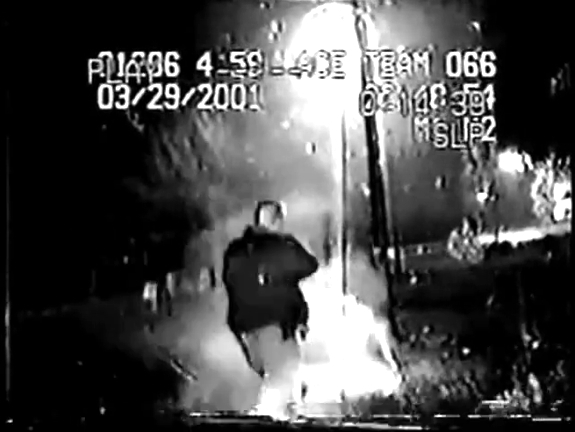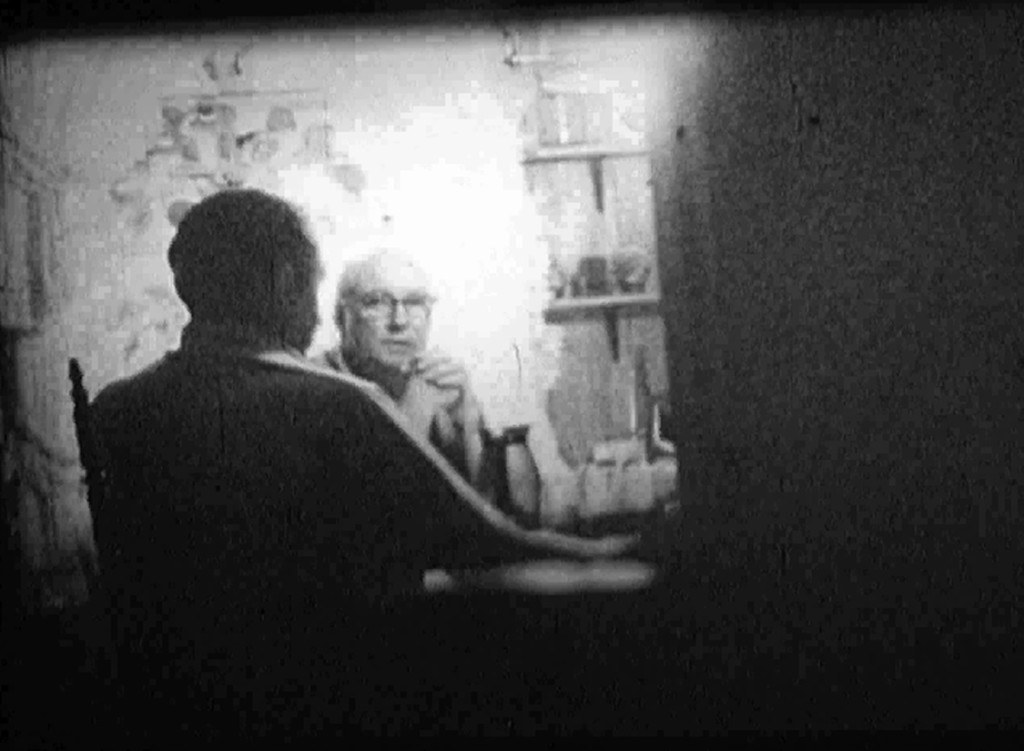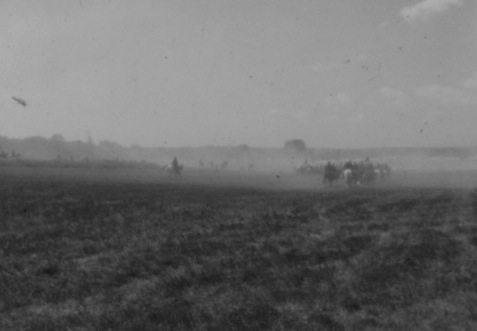Experimental Response Cinema is proud to present the avant-garde films of Lexington, Kentucky filmmaker Brian Frye, who will be in Austin to screen Our Nixon (which he co-produced with Penny Lane) at SXSW! We’re excited to host the filmmaker and his films and videos from 1999 to the present!
Event Details:
March 11th, 2013
8pm
Tiny Park Gallery (map)
Free!
Brian L. Frye is a filmmaker, journalist, and law professor who lives in Lexington, Kentucky. He was named (along with Penny Lane) one of Filmmaker Magazine’s “25 New Faces of Independent Film” in 2012. His short films explore relationships between history, society, and cinema through archival and amateur images. His films have appeared in the Whitney Biennial, the New York Film Festival’s Views from the Avant-Garde, the New York Underground Film Festival, the San Francisco Museum of Modern Art, the Warhol Museum, Pleasure Dome, Media City and the Images Festival. His short films are in the permanent collection of the Whitney Museum and distributed by the Filmmaker’s Coop. He’s been awarded grants from the Jerome Foundation and the Electronic Television Center. His writing on film and art has appeared in October, The New Republic, Film Comment, Cineaste, Millennium Film Journal and the Village Voice. He is currently a visiting assistant professor at Hofstra Law School and is developing a beer-brewing hobby.
A Reasonable Man
15 min / video / sound / 2011
In March 2001, a Georgia police officer observed Victor Harris speeding and initiated pursuit. Deputy Timothy Scott joined the pursuit and intentionally collided with Harris, who crashed and was rendered a quadriplegic.
Harris sued Scott, alleging that Scott used excessive force because the pursuit did not endanger the public. Scott responded that the pursuit did endanger the public, and submitted two videotapes of the pursuit.
The trial court held that a jury should decide the case because the parties disagreed about a question of fact: whether the pursuit endangered the public. In Scott v. Harris (2007), the Supreme Court reversed 8-1, holding that the videotapes conclusively disproved Harris’s version of the facts.
A REASONABLE MAN uses the videotapes submitted by Scott and excerpts from the oral argument before the Supreme Court to show how courts have evaluated one kind of motion picture evidence.
The Anatomy of Melancholy
11 min / 16mm / sound / 1999
“In 1999, I bought the outtakes from a short film called ‘A Portrait in Fear’ from the cinematographer. The movie was directed by a chiropractor from Kansas City, Missouri, and shot on an Auricon. The poetry came naturally.” (BF)
The War is Beautiful in Springtime
3 min /16mm / silent / 2010
Observations at Gettysburg, 6 July 2002
10 min / 16mm / silent / 2003
“Man is full of sin and nature, and all he does don’t bear looking at, and a heap of what he says is a shame and a mawkery. But cant no witness hurt him. Some day something might beat him, but it wont be Satan.” — William Faulkner in “A Fable”.
The annual Civil War re-enactment at Gettysburg is one of the largest and best attended in the country. Why Gettysburg? Partly because — rightly or not — we take it as the moment at which the outcome of the struggle for America was most in doubt. But truly because the words Lincoln spoke there made of it that moment, framing the struggle in its starkest terms. And so these people who believe in America come to perform its redemption. It is a passion-play, really, a dramatic evocation of the cataclysm in which a young nation expiated its sins in blood, and was reborn.
The Letter
11 min / 16mm / sound / 2001
“An essay toward documenting the ineffable. I’m told that all philosophy springs from one question: why is there something, rather than nothing? Perhaps these are fragments of one man’s answer to that question. He spoke to someone once; I encountered his ghost and replied with this film. One might consider it a dialogue between a man of Faith and one who has merely tasted of the absurd, yet struggles to ingest it.” (BF)
“[Frye] aims to blur the line between completed film and unfinished experiment – many of his best pieces look like fragments or rushes. His work is relentlessly self-questioning, offering a subtle, ever shifting mix of open-endedness and structure. The Letter is composed of ‘visually interesting’ shots, he says, from the outtakes he found for an unidentified documentary. And his film looks like outtakes, with pans around a cemetery and an unexplained bald man. Later a shot of worms moving against a mesh screen introduces a different kind of imagery and motion – and as in most of Frye’s best work, there’s something creepy about the image and how little it explains. Watching Frye’s films, the viewer often feels trapped in a box with only a few peepholes, each of which distorts the world in a different way.” (Fred Camper, “Cinema of Possibilities,” Chicago Reader, June 28, 2002)
Francois Boue Services the Fragrance Machine at Bloomingdales
3 min / 16mm / sound / 1999
Encomium
2 min / 16mm / silent / 2003
A short portrait film of Stan Brakhage.


